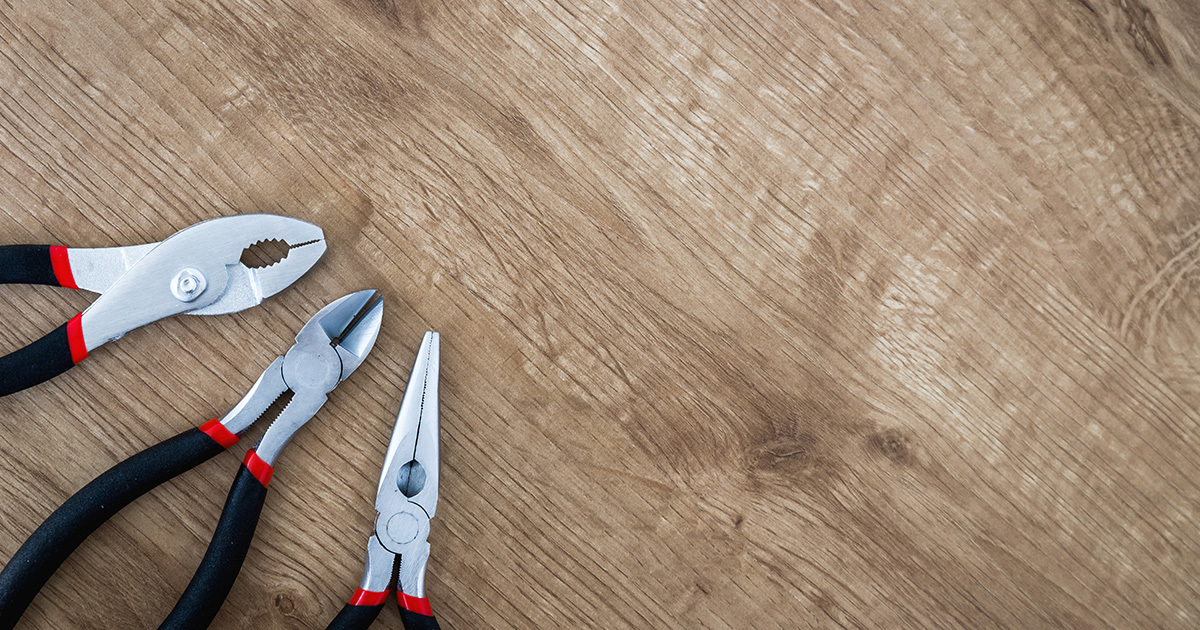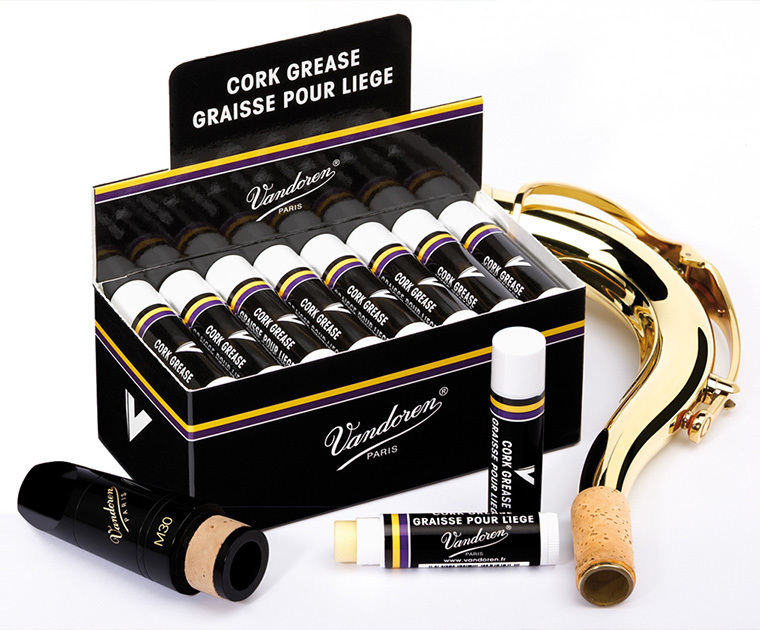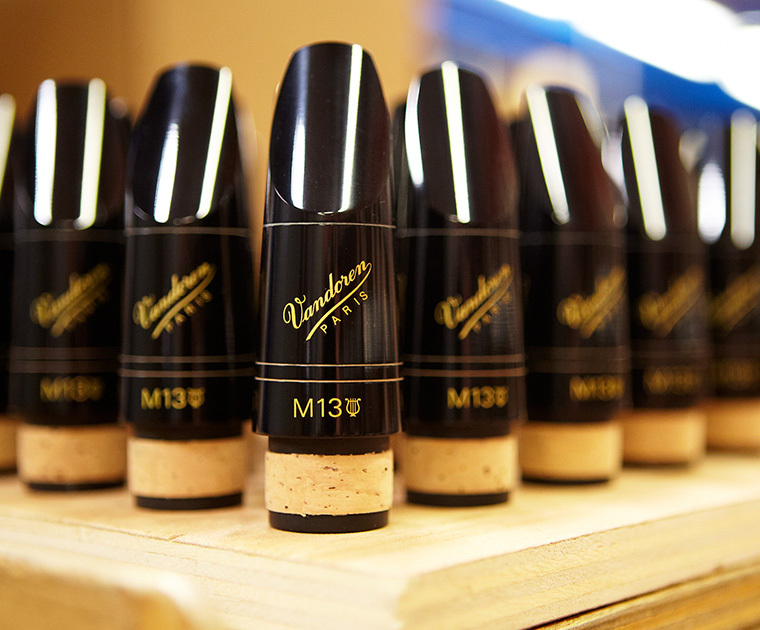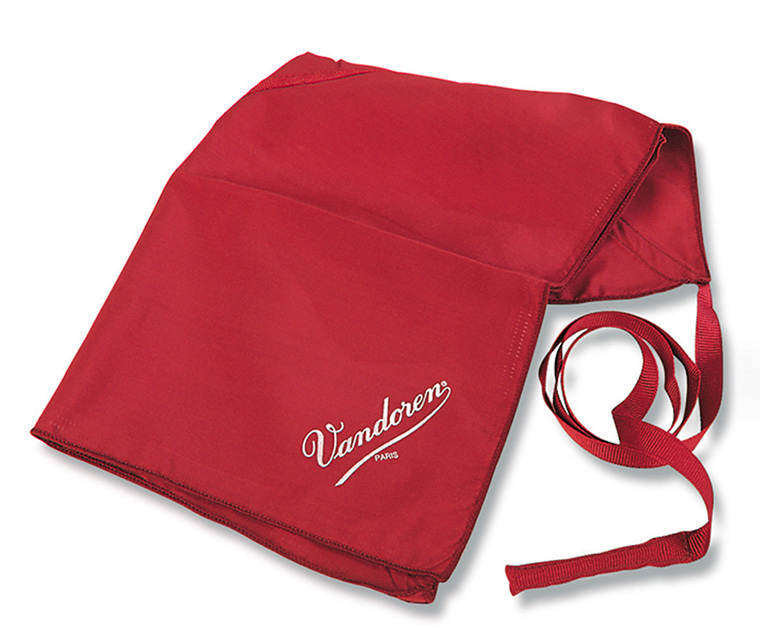10 Easy Clarinet Maintenance Tips
by Mitchell Estrin
Date Posted: May 29, 2019

The standard clarinet is made of Mpingo wood and features 17 keys and 6 rings. Due to a number of factors, including the natural properties of the wood and the complexity and delicacy of the keywork, it is difficult to keep an instrument in tip-top working condition. Proper care and regular visits to a qualified woodwind technician are the most important factors for keeping your instrument in proper working condition.
Here are 10 easy clarinet maintenance tips to keep your instrument ready for action!
1. Use cork grease.
Keeping the tenon corks greased will help avoid bending keys when assembling the instrument. Remember to apply cork grease very sparingly on the bottom tenon of the upper key joint. If this tenon is over greased and the instrument is held only from the middle on up, gravity and the weight of the lower joint could cause it to separate and fall downwards – not a pretty picture! Apply the cork grease when packing up – this way your instrument will be ready for easy assembly next time you use it and your hands will be clean when assembling.

2. Replace any torn pads.
They will buzz when you play.
3. Oil keys twice a year.
Use key oil or clock oil on the ends of all moving rods (in the small crevice between the end of the rod and the post). Use small drops and very sparingly – smaller than the size of a pinhead.
4. Be sure the tenon rings are not loose.
Pay special attention to the rings especially in winter and dry climates. Any qualified woodwind technician can quickly take care of this for you. Keeping the rings tight will help to avoid any wood cracking.
5. Be sure the one and one B-flat fingering covers.
This is an important alternate fingering and the bridge keys must be in proper adjustment for this fingering to work properly.
6. Clean your mouthpiece occasionally.
Use a very small amount of mild soap and room temperature water. Moistened Q-tips are ideal for cleaning the external part of the mouthpiece and bore. Remember to be extra careful when cleaning your mouthpiece as the soap will make things slippery! Use a Q-tip or a soft cloth – no abrasives or scrub brushes! Work over a towel and hold the tenon tightly. Avoid getting the cork water soaked.

7. Thoroughly wipe any moisture off all tenons and sockets when packing up after playing.
This will preserve the wood and keep the joints from swelling.
8. Keep your swab clean and free of tears.
Hand wash with mild soap occasionally and air dry or just buy a new one. Be certain the weighted end does not have anything that could scratch the bore of the instrument.

9. Always wash your hands and brush your teeth before playing your instrument.
If it is not possible to brush your teeth, at least rinse your mouth out with water. These steps will help to keep the bore and tone holes clean.
10. See a qualified woodwind technician a minimum of once a year.
Remember, an ounce of prevention is worth a pound of cure!
Subscribe to the We Are Vandoren E-newsletter (WAVE) to receive 4 weekly articles for Performers, Students, and Educators